Why the Chevrolet Bolt Won't Wear a Union Jack Anytime Soon

The United Kingdom isn’t scared of electric vehicles, what with their high fuel prices and limited driving distances (when compared to the U.S.).
However, General Motors has developed a serious case of cold feet on the issue of launching a Vauxhall-branded Chevrolet Bolt, which could prove a decent sales performer. An all-electric range of 238 miles is impressive, so why is the General so shy?
According to Automotive News Europe, GM feels burned by the public’s failure to make the Vauxhall Ampera (a right-hand-drive version of the first-generation Chevrolet Volt) a sales success.
Sold under the British Vauxhall brand in the UK and Opel in continental Europe, the Ampera was a dud. In its best year, GM never sold more than 5,300 of them on the other side of the Atlantic, despite predicting sales twice that high.
The Bolt, due to reach U.S. dealers in limited numbers this December, goes on sale as the Opel Ampera-e in mainland Europe. While the first-generation Volt was designed with right-hand drive in mind, the new Bolt is a much more American affair. Switching the steering wheel to the starboard side is a financial gamble GM doesn’t want to take — at least, not just yet.
“It’s a more cautious approach,” a Opel brand spokesperson told ANE. “If you don’t want to lose too much money, we prefer not to make right-hand-drive yet. The decision was partly financial.”
Suddenly cautious, GM will play the waiting game to see how the Ampera-e performs in the rest of Europe. Since the launch of the original Ampera, the idea of an electric car has grown more familiar. Electric recharging infrastructure has proliferated, and continental automakers are eager to build EVs to fight Tesla on their home turf. EV sales, though still limited, are up 9.2 percent in August, year-over-year, according to UK industry association SMMT.
European regulators rate the Ampera-e’s range at 249 miles, or 400 kilometers. That places the northern England cities of Sheffield, Manchester and Liverpool within driving range of London.
Perhaps tellingly, GM hasn’t released sales projections for the Ampera-e.
[Image: General Motors]

More by Steph Willems
Latest Car Reviews
Read moreLatest Product Reviews
Read moreRecent Comments
- SCE to AUX Sure, give them everything they want, and more. Let them decide how long they keep their jobs and their plant, until both go away.
- SCE to AUX Range only matters if you need more of it - just like towing capacity in trucks.I have a short-range EV and still manage to put 1000 miles/month on it, because the car is perfectly suited to my use case.There is no such thing as one-size-fits all with vehicles.
- Doug brockman There will be many many people living in apartments without dedicated charging facilities in future who will need personal vehicles to get to work and school and for whom mass transit will be an annoying inconvenience
- Jeff Self driving cars are not ready for prime time.
- Lichtronamo Watch as the non-us based automakers shift more production to Mexico in the future.
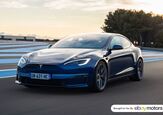

















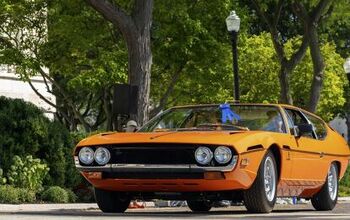
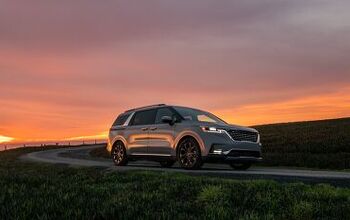
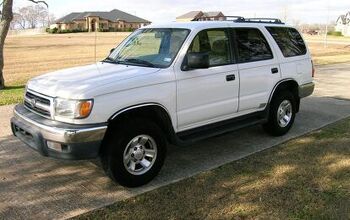

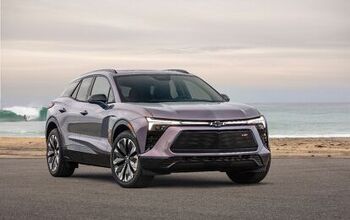
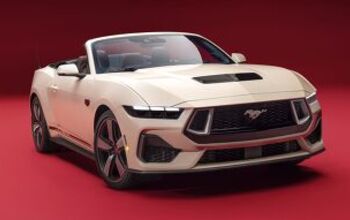


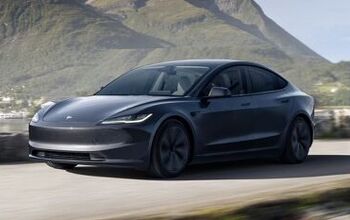

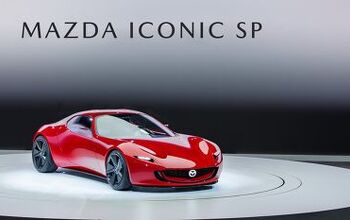
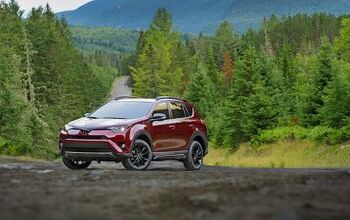
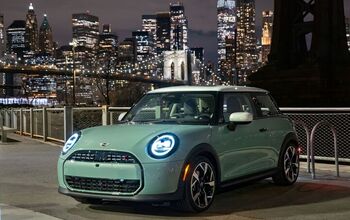

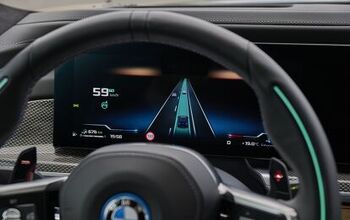
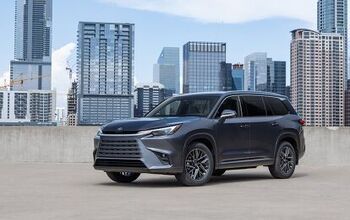
Comments
Join the conversation
The first generation Volt/Ampera was ugly and doomed to fail for that reason! In contrast, the second-generation Volt/Ampera is reasonably attractive, although it has a very strong resemblance to the Chevy Cruze on which it is based. GM UK (Vauxhall) is being short-sighted in not bringing in the Bolt.
The UK in general and London in particular have good incentives to get people into electric cars, including up to 5000 pounds (~$6700) up-front toward purchase, no VED vehicle tax, exemption from congestion charges, free or reduced price parking in many boroughs, grants of up to 75% to install a home charge point, and the Source London network of 1400 charge points. The countryside is trickier as infrastructure is thinner, but let's be honest, the UK's not THAT big, and unless you're on an M road, you can't go very fast. I just spent several days driving the length of the Welsh coastline and then over into England in a Nissan Qashqai. Like most regular-people Euro/UK cars, it was a diesel with modest acceleration but very impressive MPG--nevertheless, the price of motor fuel made fill-ups painful. Would drivers find it cheaper to run on electrons? Would drivers enjoy doing 0-60 in 6.5 seconds rather than 14? I imagine the answer is "yes." What's more, the Bolt's tidy width and extremely strong merging acceleration would suit the country's narrow roadways and short merging lanes, and its nimble handling and quasi-CUV shape would suit UK buyer preferences. So what's the problem? By sticking with right-hand drive in a mostly left-hand drive world, the UK has ensured it will get cool cars from abroad last, if at all.